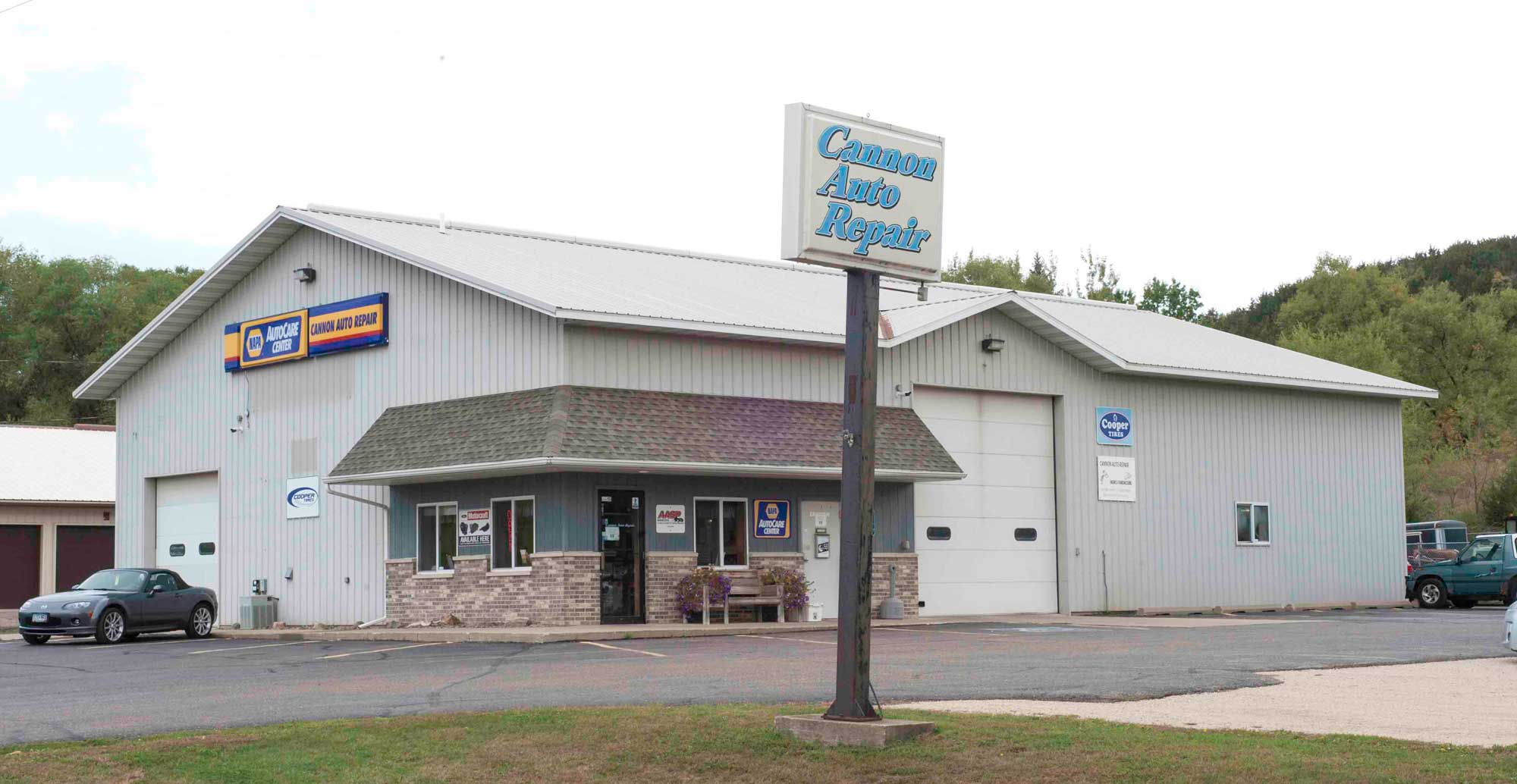Wondering What Happens When Your Radiator Goes Bad?
Many drivers may not think too much about the radiator in their vehicle until they see the needle on the instrument panel edging into the hot zone, or even more drastic, see steam coming out from the hood of their car. Do you know the job of a radiator? Its main function is to dissipate the heat that builds up in the cooling system.
How can a radiator go bad? As coolant travels through the radiator, the internal passageways can develop a layer of scale. Debris in the coolant (such as metal particles) can cause a blockage in the radiator tubes. When one component fails to work properly, there is a domino effect--other parts throughout the cooling system also run the risk of failure. The three main components that can fail are the thermostat, water pump, and heater core.
- Thermostat -- This controls the engine’s operating temperature, regulating the flow of water through the cooling system. When the engine reaches ideal operating temperature, the thermostat opens and allows the coolant to flow freely. When the radiator stops working, there is too much pressure put on the thermostat. The valve inside the thermostat may get stuck closed, causing the engine to immediately overheat. If the valve sticks open, the engine cannot reach operating temperature, negatively impacting gas mileage.
- Water Pump -- The water pump uses an impeller (the rotating part of a centrifugal pump designed to move fluid by rotation) to continuously move coolant through the hoses and passageways of the cooling system. Because the impeller is made from plastic materials, contaminants or tough debris breaking away from the radiator can cause damage. Or, if the radiator cannot cool the fluid before it moves past the impeller, the hot fluid can also cause damage to the plastic.
- Heater Core -- The inside of the heater core has a network of small gauge tubing which works to produce hot air for the heating system. If debris breaks away from the radiator piping, it could end up stuck in the small tubing of the heater core. When the engine overheats, excessive pressure and temperatures cause the connections on the heater core to break and leak.
Don’t forget you replace radiator! A good understanding of the way the engine cools will help prevent a radiator replacement.
Need to replace your radiator? Contact our ASE Certified Technicians at Cannon Auto Repair today for more information about what happens when your radiator goes bad and to schedule an appointment. Our auto shop serves vehicle owners in Cannon Falls, MN, and the surrounding areas.

Many drivers may not think too much about the radiator in their vehicle until they see the needle on the instrument panel edging into the hot zone, or even more drastic, see steam coming out from the hood of their car. Do you know the job of a radiator? Its main function is to dissipate the heat that builds up in the cooling system.
How can a radiator go bad? As coolant travels through the radiator, the internal passageways can develop a layer of scale. Debris in the coolant (such as metal particles) can cause a blockage in the radiator tubes. When one component fails to work properly, there is a domino effect--other parts throughout the cooling system also run the risk of failure. The three main components that can fail are the thermostat, water pump, and heater core.
- Thermostat -- This controls the engine’s operating temperature, regulating the flow of water through the cooling system. When the engine reaches ideal operating temperature, the thermostat opens and allows the coolant to flow freely. When the radiator stops working, there is too much pressure put on the thermostat. The valve inside the thermostat may get stuck closed, causing the engine to immediately overheat. If the valve sticks open, the engine cannot reach operating temperature, negatively impacting gas mileage.
- Water Pump -- The water pump uses an impeller (the rotating part of a centrifugal pump designed to move fluid by rotation) to continuously move coolant through the hoses and passageways of the cooling system. Because the impeller is made from plastic materials, contaminants or tough debris breaking away from the radiator can cause damage. Or, if the radiator cannot cool the fluid before it moves past the impeller, the hot fluid can also cause damage to the plastic.
- Heater Core -- The inside of the heater core has a network of small gauge tubing which works to produce hot air for the heating system. If debris breaks away from the radiator piping, it could end up stuck in the small tubing of the heater core. When the engine overheats, excessive pressure and temperatures cause the connections on the heater core to break and leak.
Don’t forget you replace radiator! A good understanding of the way the engine cools will help prevent a radiator replacement.
Need to replace your radiator? Contact our ASE Certified Technicians at Cannon Auto Repair today for more information about what happens when your radiator goes bad and to schedule an appointment. Our auto shop serves vehicle owners in Cannon Falls, MN, and the surrounding areas.



